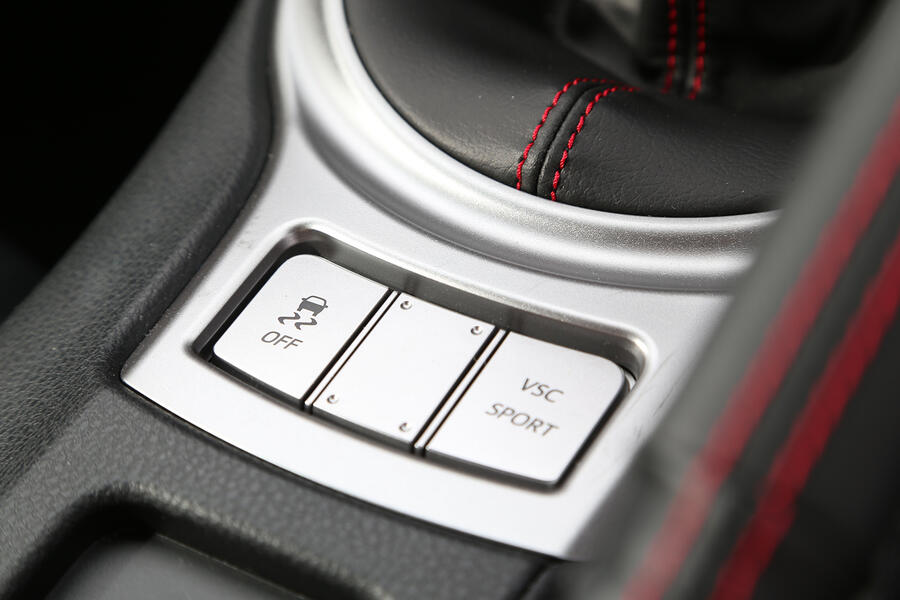This electronic safety system is a legal requirement and it's often mentioned in adverts, but what actually is it?
Traction control, often referred to as a traction control system (TCS), is a piece of tech that has undoubtedly saved thousands of lives.
You've probably seen the TCS symbol light up your dashboard when driving on an icy road or accelerating or braking sharply in heavy rain.Â
Autocar’s first record of TCS was at the 1982 Geneva motor show, when Volvo rocked up with an unpatented electronic traction control system. This detected wheel spin rates and applied the brakes to any wheels that were clearly out of sync with the others. The aim was to help stop the car from spinning out of control when faced with slippery circumstances.Â
Since then, different variants of TCSs have been used by manufacturers to achieve a similar effect. In the late 1980s, BMW introduced a torque control system for stability-critical situations. Mercedes-Benz followed suit in 1995, launching its Electronic Stability Program (ESP), which monitored the vehicle's speed, steering angle and yaw rate and then automatically applied the brakes to keep it stable.
Since 2011, EU law has dictated that any new car has to be fitted with a TCS.
What is traction control?
Traction control is an electronic system that detects if any wheels are losing grip and applies the appropriate remedies. TCS is active in moments of low traction, such as during harsh acceleration, during harsh braking or driving on a slippery surface.
How does traction control work?
Traction control helps keep tyre grip by automatically applying the brakes or cutting engine power to individual wheels to ensure they still work in tandem.
Before TCS, drivers would have to carefully dab on the accelerator to manage acceleration without wheelspin. Today, TCS helps manage power delivery more effectively, reducing the risk of wheelspin.
In snowy, icy or rainy conditions, TCS can apply the brake to specific wheels having moments of compromised grip.
Note that this is different from an anti-lock braking system (ABS), which eases braking to ensure that wheels don't lock up.

Roles of the traction control system
Traction control exists to keep you on the road, in your lane and in control. It also makes sure that when the car turns, it does so in a way that you expect and without oversteer - hence why people turn it off to drift in performance cars.Â
How do I know it's working?
You will see a light on the dashboard when traction control kicks in. You may feel a jerk in the car as torque is regulated. And the car may suddenly slow as the brakes are applied.Â
Signs of your TCS not working as intended may include never seeing the dashboard warning light, wheels spinning during acceleration and a lack of noticeable support from the car when you drive over an icy patch.
If you can remember driving through rain and feeling like you were skating on ice, you may want to get your car booked in for a service.
When should I adjust or turn off traction control?
When on a public road, we recommend keeping traction control turned on at all times. However, there are circumstances where lowering your TCS settings can be justified.Â
Many performance cars feature different driving modes that affect the deployment of traction control. For example, the Ferrari manettino dial (which arrived in the F430 in 2004) allows drivers to change between modes that offer differing strengths of traction control. Sport modes will typically allow a little bit of slip, while race modes typically disable all systems.
Turning traction control off fully may simply be done in the name of fun, so that no electronics get in your way while driving on track.
Many racing series also ban the use of aids like traction control, so disabling it may be in your interest for entering race weekends.
By Sachin Shaw


